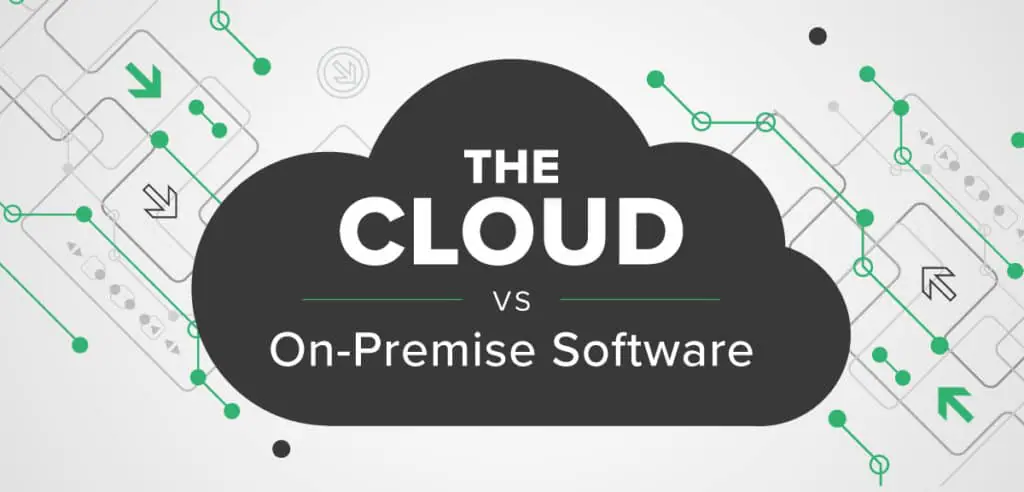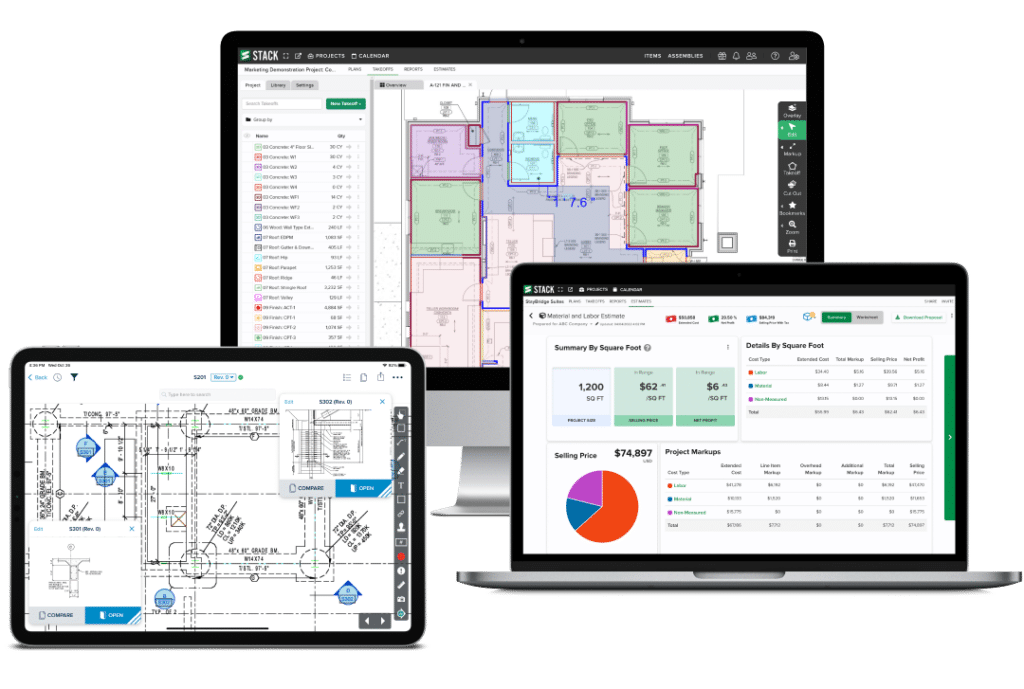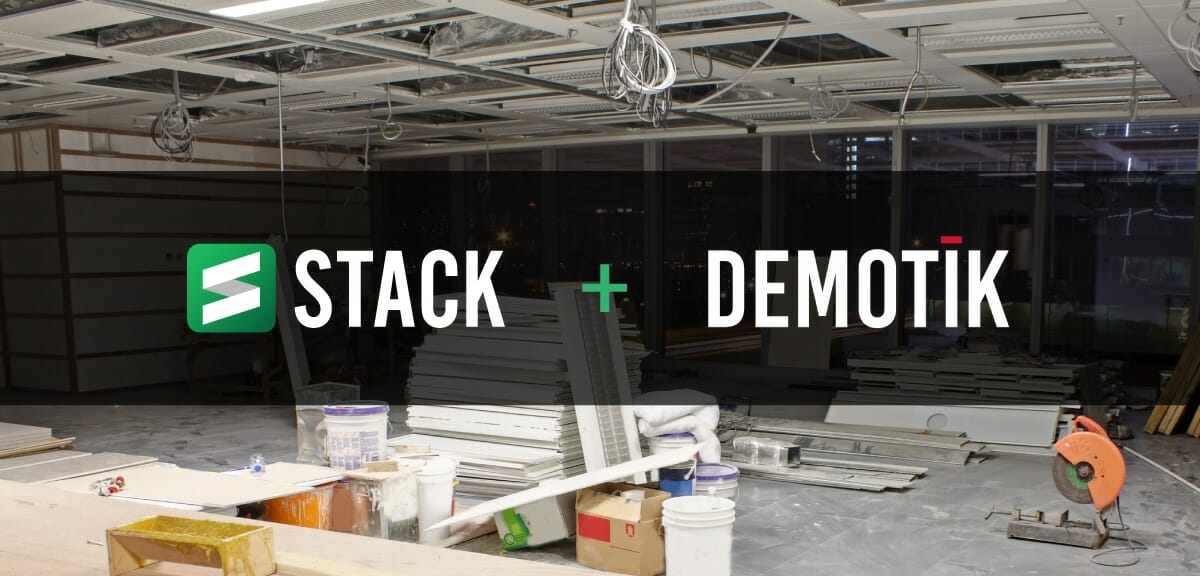
There was a time for on-premise preconstruction software – and that time was 1995. Now, with geographically distributed and remote teams, a faster pace, and cutthroat competition, the desktop software that served you in the past is holding you back from future success.
Challenges with Using On-Premise Desktop Construction Technology
Even if you’ve been using your existing software for years, the fact is it’s costing you more than you might realize. From maintenance fees to rework due to file corruption problems, from IT infrastructure requirements to the opportunity costs of jobs your team never had a chance to bid, on-premise solutions present many more pitfalls than benefits in today’s construction landscape.
Continuity Disruptions & IT Failures
Desktop-based software brings with it a whole host of IT problems that users of cloud platforms have long since forgotten were ever issues.
File Corruption & Rework
As a long-time user of on-premise tools, your team is probably used to returning to files after some time away only to find them corrupt. After some grumbling, they get down to work redoing the tasks they performed yesterday, and they get the estimate out the door. So, where’s the harm?
Aside from adding minor annoyances to your team’s day-to-day, there’s a bigger-picture loss here. You’re paying staff for potentially hours’ worth of rework, and that’s time they aren’t spending seeking out new work and bidding on other jobs – jobs that could have added to your profits.
Bid Faster. Win More. Build Smarter.
Get your FREE account today to:
- Increase Team Efficiency
- Complete Estimates Faster
- Generate More Revenue

Data Storage Decisions
When cloud storage is not an option, it’s up to your organization to figure out where to keep your data – from project plans and specs to past proposals and everything else. On-premise servers are expensive and require expert IT staff to maintain, and they can fail. If you have servers on-site, you’ll need to pay for a backup at a separate location in the event of a fire or other natural disaster, or risk losing everything.
Of course, you can choose to house your data locally on personal computers without an extensive server system too – but will it be protected from potential user error? Exterior Wholesale Supply, a commercial and residential siding installer in the Southeastern US, made this mistake. Already frustrated with file corruption on about 25% of the jobs they were quoting, the team called it quits on their on-premise tool when their items and assemblies were accidentally deleted from the folder where they were housed. The business had to shut down for nearly two weeks, with approximately $3 million in sales tied up due to the IT problem. Manny Corcino, EWS Commercial Estimator and now a happy STACK customer, called the incident “catastrophic.”
Exacerbating the Labor Shortage
We won’t blame the labor shortage on outdated software – but hear us out on this. When’s the last time a new hire in your back office got excited to be trained on your preconstruction software? Exactly how long does that training process take?
On-premise tools are notorious for their clunky interface and difficulty to master – often requiring several months before new estimators are able to operate the software on their own. That’s a tough sell for Millennials and Gen Z workers, who expect simple, streamlined tech tools both in their personal lives and at work.
And what about your long-time estimators? While they’re not likely to walk out due to corrupted files and a convoluted interface, IT failures and rework can erode morale over time. Organizational culture is key to retaining the best employees, and one way to contribute to positive culture is by empowering staff with the appropriate tools to get the job done.
Software Limitations & Increased Operational Costs
On-premise tools were typically designed to perform a single function – usually takeoffs – without integrating other parts of the preconstruction workflow. Once your team does their takeoff, they then need to move to Excel or another tool to create an estimate, and then move to word processing software to generate a proposal.
These software limitations create the need for manual data entry and the possibility of introducing human error. Desktop tools also aren’t set up to share data with teams outside the estimating department, causing data silos and inefficient workflows across the organization.
To fully utilize the software, you may also incur added costs – maintenance, upgrades, and customer support are often not covered in the initial purchase price, making your initial investment cost deceptively lower than reality.
The Benefits of Cloud Contech Tools
If the challenges of on-premise tools aren’t enough to convince you to make the switch, take a moment to think about how the following benefits of cloud computing with STACK could change your business for the better.
Clarity & Accuracy
Cloud-based preconstruction platforms cut out much of the potential for human error that comes with manual data entry. With access to pre-built and customized items and assemblies, it’s easy to assign the exact amount of materials to takeoffs and transfer that data directly to a detailed estimate and on to a branded proposal.
In addition, integrations with many other software tools – and an open API to make the possible connections endless – allow you deeper insights into your estimating data. Pull estimator performance metrics, win/loss ratios, and timelines into your CRM, or push bid amounts to your accounting software for your finance team’s analysis.
Flexibility
Imagine the increase in your team’s productivity if they could:
– Do takeoffs and estimates from home or the field in addition to the office
– Use any operating system with an internet connection to do their work
– Access project plans at the same time as their colleagues, rather than waiting their turn
– Always know they were working from the most current plan set
Cloud-based tools like STACK make working in today’s hybrid environment much simpler. No one is tied to a single machine in a central location anymore, and your team can work around other commitments. This is also an excellent perk for drawing in younger workers who value flex time and remote options.
Collaboration
Similarly, with the cloud, your preconstruction team can now work together from anywhere. With markup and callout tools, you can call attention to important sections of plans, and estimators can leave comments and notes for each other.
It’s easy to reassign a project in the event of an unexpected absence from work, and the new estimator can pick up where the original employee left off with little time required to get up to speed. Documents are all up-to-date and searchable. You can even have multiple estimators working on the same plan set at once, which can be a great way to streamline workflows on bigger projects.
Data Security
Storing your data in the cloud means nothing gets lost on desktops and version control is a non-issue. But cloud-based tools also allow you to customize permissions so you can share certain data sets with selected people. You might retain full editing control of your items and assemblies, while only allowing estimators to use those data sets. You can even give view-only access to outside stakeholders who can then see the data they need without any editing capabilities.
Updates & Support
SaaS companies are typically in constant improvement mode, and STACK is always at work making a better product for our customers. With the cloud, you get instant updates both for bug fixes and new features and functionality to help you do your job better – no workflow disruptions, no IT staff needed to install, and no extra charges.
You also have access to a customer support team to make onboarding quick and easy, and to address any training needs you have along the way.
How to Plan for Cloud Migration in Your Construction Business
Switching to a cloud-based preconstruction process is a lot less intensive than you might think. You can be up and running with STACK takeoffs in a few hours or days, so don’t let fear of change delay your decision. Here’s how to prepare.
- When you’re ready to get started, make sure you have buy-in from your team. From executive leaders to those in the trenches, everyone should be prepared to give the new tool a chance and schedule time for training and learning.
- Set a timeline. It’s easy to put off new tool launches if there’s no sense of urgency. After all, everyone is busy doing their day-to-day tasks. Set a goal to be fully functional with your new platform and notify the team of when IT will be sunsetting the old software.
- Pull the trigger. Purchase your seats, sign your team up for training, and talk to your customer success representative so you understand what to expect. With STACK, we can help mass import your material database so that your price books are ready to use right away.
Best Cloud-Based Construction Technology Tools
While the cloud is infinitely better than on-premise tools, not all platforms are created equal. Check out our top picks for cloud-based contech tools for everything from market analytics to project management and more.
Interested in what STACK can do for you? Book a meeting.








